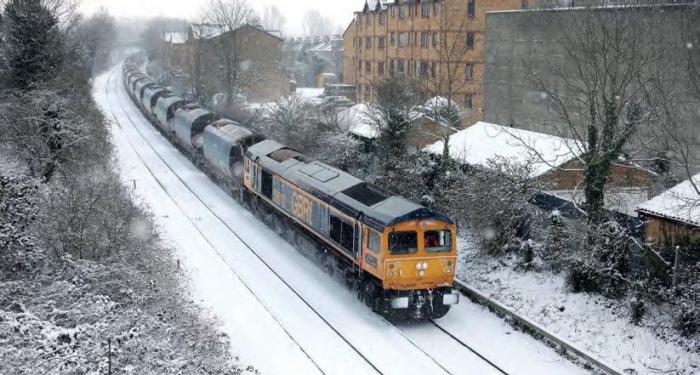Rail Freight
THE VOLUME of rail freight moved in Quarter 3 of 2017/18 (October to December) fell by 3% compared to the same period the previous year, according to data from the Office of Rail and Road.
Overall, 4.3 million net tonne kilometres was moved, the second lowest Quarter 3 figure since the start of the time series in 1998/99. The primary driver of the reduction was a 21% fall in the amount of coal moved, which has been ongoing since the introduction of the carbon tax in 2015, although the 0.37 billion net tonne kilometres moved represented the second successive quarterly rise.
Only two categories saw an increase in freight moved compared to the previous year, with growth in new work driving a 5% rise in construction traffic, which recorded its highest Quarter 3 volume since the time series began; international was the other category to grow, by 3%. Domestic intermodal and construction were the two largest categories, together representing nearly two-thirds of the total freight moved.

Freight lifted, measuring the mass of goods moved with no account of the distance travelled, fell by 10% to 18.8 million tonnes. Again, this was driven by a reduction in coal traffic, with 35% less coal lifted than in the same period the previous year.
Freight delays increased again, recording 14.3 minutes per 100 train kilometres, 17% higher than the previous year and the worst performance in any quarter for three years.
The total volume of freight train kilometres in the quarter was eight million, the second lowest since the start of the time series and 5% less than the previous year. DB Cargo, the largest operator, suffered an 18% fall, with Freightliner Heavy Haul’s train kilometres down 26%, although Freightliner’s other services recorded an 8% increase. GB Railfreight recorded a 12% year-on-year rise and its second highest figure for any three-month period, which ORR says may be due to the start of a new intermodal contract for services from the Port of Southampton to Hams Hall Rail Freight Terminal.



